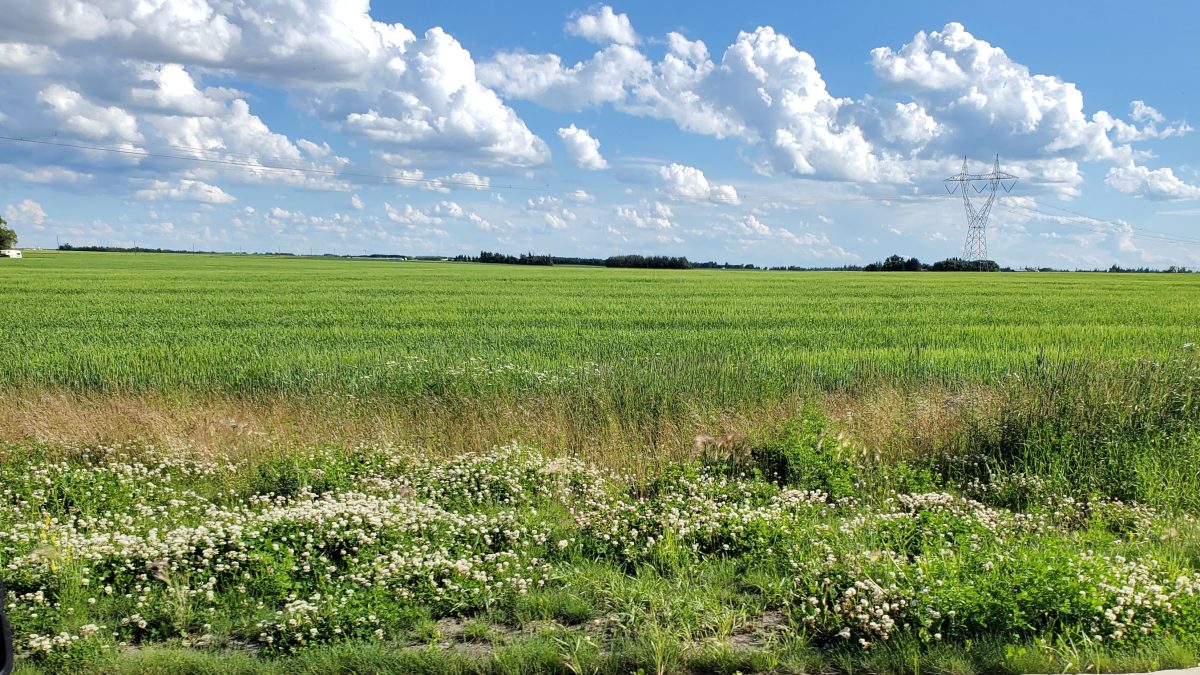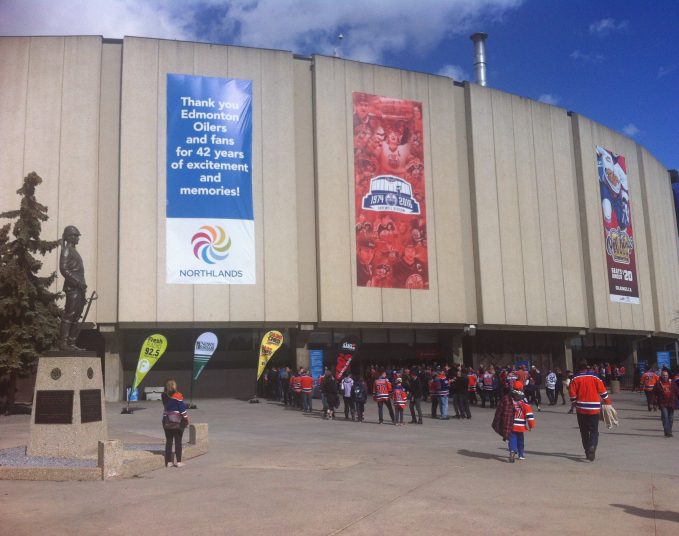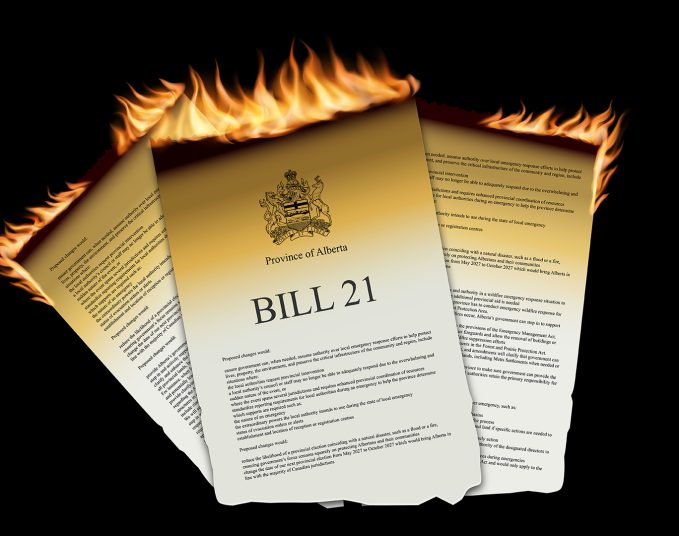In 2008, about 20,000 people showed up in the northeast area of Horse Hill to each claim a free 50-lb. bag of potatoes. Gord Visser, a local potato baron and heavenly human, donated 150,000 lbs of potatoes to help draw attention to the value of high-quality soils in growing urban centres.
This resulted in the inherent value of agricultural land being embedded into the 2010 Municipal Development Plan, preserving some of the land for owners who wanted to continue to farm. It set the table for 10 years of work to follow — which resulted in a Regional Agricultural Masterplan.
What we (council at the time) wanted was a day where agricultural land, industrial land and residential communities lived in regional harmony, creating housing for families, good paying jobs that helped them afford those houses and a vibrant and sustainable agricultural economy that enhanced local culture and also contributed meaningfully to feeding the world.
In 2012 the City of Edmonton filed an application with the Municipal Government Board (MGB) to annex significant land to the south, into Leduc County. There were two good reasons for this application. First, the County had already approved significant industrial and very low-density country estate residential land use plans on the area — right up to Edmonton’s southern border — so the “save the farmland to the south” ship had sailed. Second, Edmonton’s industrial and residential land supply in the south sectors had been depleted due to incredibly high demand.
People love south Edmonton. Full stop.
During the course of nearly three years of negotiation beginning in 2014, the annexation application was shrunk and an agreement was reached with the County and approved by the MGB and the then-New Democrat provincial cabinet.
Part of the reason we were able to shrink the size of the annexation was that simultaneous to the annexation negotiations, the Edmonton Metropolitan Regional Growth Plan was approved.
This plan included many good policy choices, and most notably increased the amount of housing density required for development approvals from 35 units per hectare to 45 in larger urban areas and 25 units per hectare to 35 in smaller urban and rural communities.
This change alone, factoring in the projected population growth out until 2064, meant the need for around 250 fewer quarter sections of land for development — and savings of nearly $5 billion in infrastructure to service those now unnecessary parcels. Following on this, we created and approved the aforementioned Regional Agricultural Master Plan, which detailed policies to ensure a secured land supply for agricultural purposes to serve our region — and grow our agribusiness globally.
This was some of the best land-use policy work done anywhere in any place. Some in the real estate and development community thought the targets were too severe and a few puritanical urbanists felt it was too soft, but largely we had hit the right balance. Following that, we approved the Edmonton City Plan, which combined region and city plans. It set the table with reasonable and clear land-use policies to guide the development industry for the next few decades.
And it literally takes decades to plan, finance and build the actual neighbourhoods that the market (people) demands.
And today, just to make it more interesting, we can throw in a housing affordability and national lack-of-supply crisis. It may not be as acute in Edmonton, but it’s still a major concern that is putting an increased financial pressure on families.
This all adds up to Edmonton being in a logical and progressive place when it comes to sustainable land-use planning for the next 40 years with all the tools we need to keep housing affordable in our city for the long term.
It’s important to be practical.
But, recently our council appears to have gone from being progressive to being strident. It appears the council members subscribed to the urban/suburban polarity, which is a classic folly among many big-city councillors.
The City Plan, plans for a million more people moving here. It calls for 500,000 new housing starts, 50 per cent in the core (infill) and 50 per cent outside of the Henday. This means we also need to create 500,000 new jobs. Simply put, for every new home we build we need to create one new job.
This is why the balance between residential development and non-residential development needs to be forefront in the mind of all councillors. And this balance was top of mind for us when we negotiated the annexation agreement with Leduc County. Because of the extremely high demand in south Edmonton we needed to be responsive.
Next week at Urban Planning Committee, council could turbocharge housing prices in Edmonton by locking out any future southern development with a policy known as substantial completion. In more sensible times this was sectorally focused. In other words, a neighbourhood in one quadrant of the city needed to be substantially complete before construction could start in another, in that same quadrant. This would create a more predictable pace of development along with construction of the required infrastructure. The thinking now is that south Edmonton can’t add housing until all of Horse Hill in the northeast is fully developed.
This will make Edmonton less affordable and the region less sustainable, driving new homebuyers to lower density, fully car-dependent communities outside of Edmonton. This combined with the high cost of doing business in Edmonton and the relative attractiveness of industrial development in the neighbouring counties is not a good mix.
So more people living and working outside of Edmonton, reveling in Edmonton’s services and big city amenities, on Edmonton taxpayers’ dimes.
This is so 2007.
(Michael Walters is a former Edmonton city councillor and is currently a partner at Berlin Communications.)
Savvy AF. Blunt AF. Edmonton AF.




